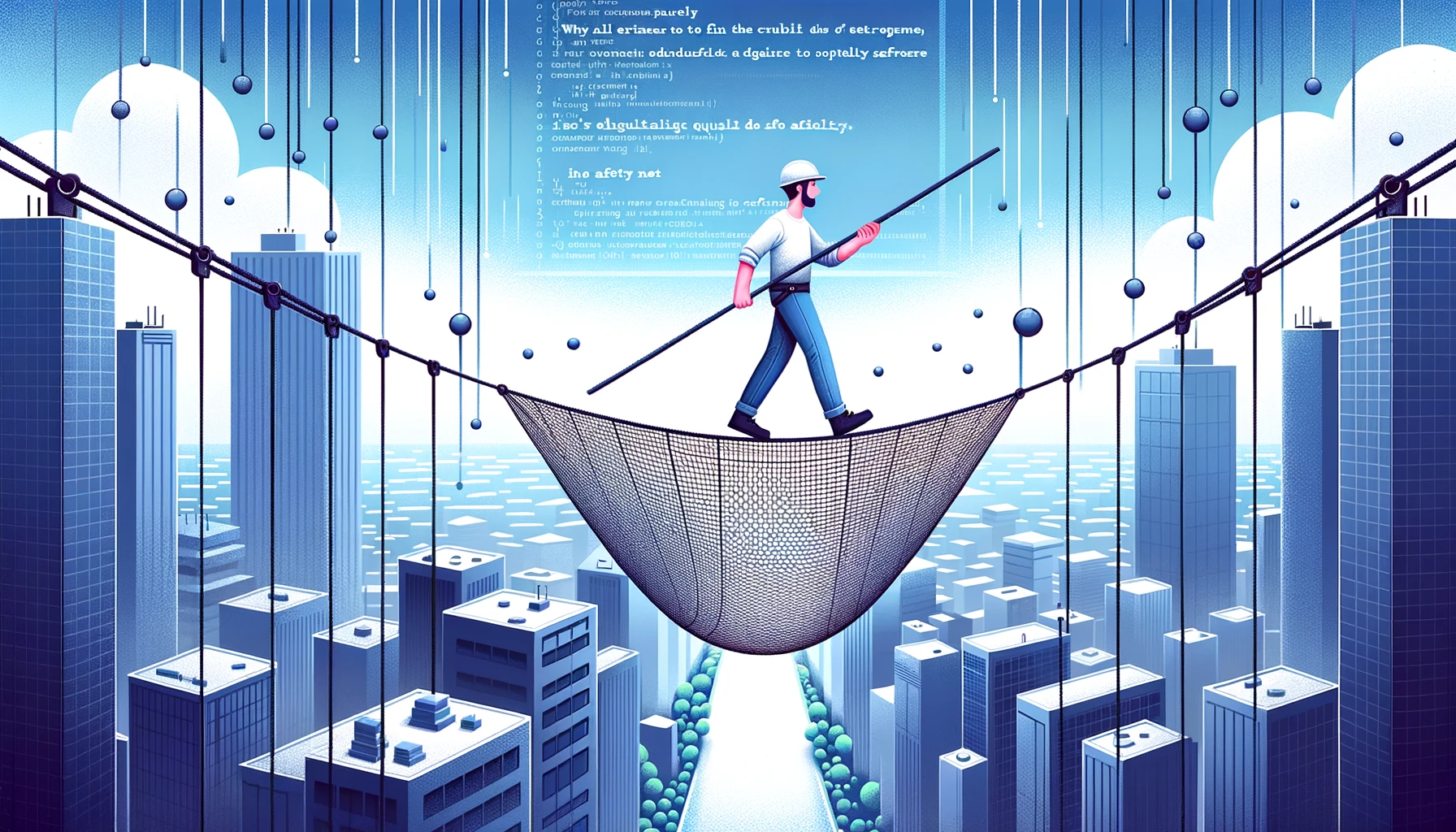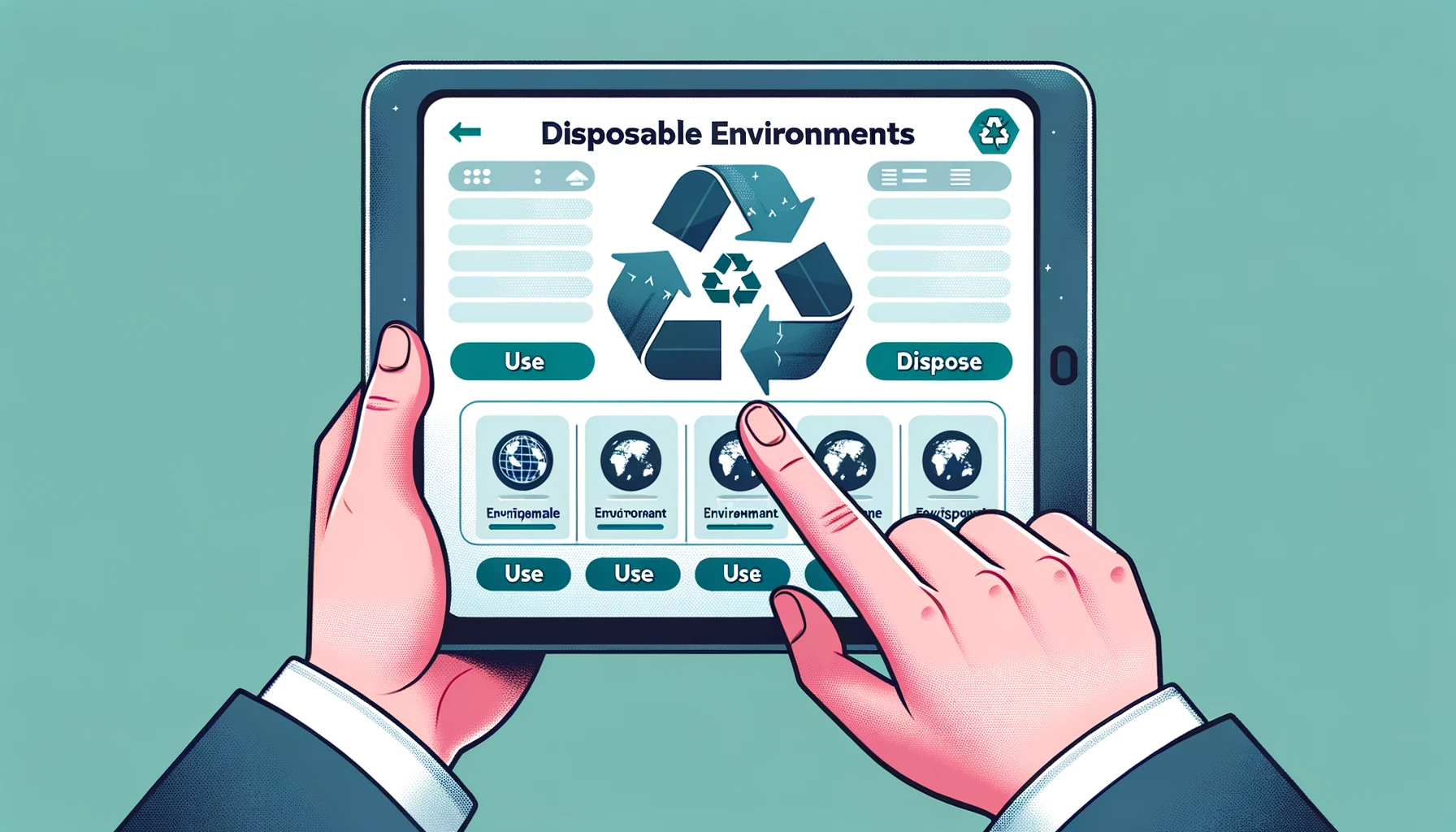Why Allowing Engineers to 'Fail Safely' Is Crucial for High-Quality Software Development
Creating a Culture of Safe Experiments to Boost Innovation and Quality

In the ever-evolving landscape of software development, there’s been increasing chatter about how the process of building, testing, and deploying software has ostensibly become easier. With a plethora of new toolsets available to software engineers and adjacent tech professionals, like quality engineers, cybersecurity experts, and DevOps engineers, one might believe the journey has become smoother. However, this perspective tends to oversimplify the inherent complexities.
Yes, automation, generative AI, and specialized tools have streamlined many mundane tasks. Yet, the expectations from engineers have simultaneously risen, particularly in the domain of business context. Modern engineers are more entwined with their products and services than ever before, directly influencing the financial bottom lines of businesses, partners, and customers. Those who excel in this environment are not just technically proficient but also possess a keen understanding of business vision, strategy, and principles. Such a holistic perspective aids in decision-making, especially in roles that require frequent determinations.
However, as distributed systems expand and integration points multiply, the cognitive load on engineers intensifies. It’s crucial, now more than ever, for engineers to operate within a well-structured and efficient environment, one that aids in managing this cognitive overload and ensures optimal outcomes.
The Philosophy of “Failing Safely”
A term that’s gained traction in the tech community is the concept of “failing safely.” I recently attended a software testing conference, and one statement deeply resonated with me: “There’s no 100% bug-free software or system. Striving for perfection would only allow our competitors to outpace us in the market.This sentiment underscores the inherent risks every time we ship software.
But how can we mitigate these risks? The answer lies not just in the post-development phase but primarily in the pre-deployment testing phase. This principle holds for both software developers and the architects behind the infrastructure of these intricate distributed systems.
Key Components of a Safe Development Environment

Local Testing Capabilities: The foundation of any development process is the ability to perform local testing. Engineers should have the tools and environments that mirror real-world scenarios as closely as possible. By simulating external integrations, databases, and other dependencies locally, developers can identify and fix issues before they reach a shared environment. Utilizing containerization technologies can further standardize this process, ensuring that all team members work within consistent parameters, reducing the “it works on my machine” phenomenon.

Disposable Environments: The cloud age has brought about the possibility of spinning up environments on-demand and tearing them down when no longer needed. These temporary environments are invaluable for testing complex features, especially in distributed systems where interactions between components can be unpredictable. By defining infrastructure as code, these environments can be version-controlled, ensuring repeatability and consistency across various stages of development.

Sandbox or Playground Areas: Offering engineers a safe, isolated space to experiment and learn is essential for innovation. These sandboxes, separate from production and even development environments, allow for risk-taking without the fear of negative consequences. Such areas are not just for testing new features but also for training, upskilling, and trying out new technologies or methodologies.

Automated Rollbacks: In the fast-paced world of continuous deployment, the ability to quickly revert changes is paramount. Automated rollback mechanisms ensure that if a newly deployed feature causes issues, systems can instantly return to a previously stable state. This reduces downtime and user impact, ensuring that services remain reliable even when deployments don’t go as planned.

Monitoring and Observability: Beyond traditional monitoring, observability provides insights into the internal state of systems based on external outputs. It’s not just about knowing when something goes wrong, but understanding why. By integrating comprehensive observability tools, engineers can get a granular view of system behavior, facilitating quicker debugging and more informed decision-making.

Blameless Post-Mortems: Mistakes are inevitable. What matters is how teams respond. Cultivating a blame-free culture where the focus is on learning and improving, rather than pointing fingers, is essential. Blameless post-mortems encourage open discussions about what went wrong and how to prevent similar issues in the future, fostering a culture of continuous improvement.

Feature Flags: These are powerful tools that allow developers to release new functionalities in a controlled manner. By toggling features on or off, they can be tested in live environments with a subset of users, gathering feedback and ensuring stability before a full-scale rollout. This granular control reduces risks associated with deployments and allows for more iterative development.

Encourage Pair Programming: Two heads are often better than one. Pair programming promotes knowledge sharing, reduces coding errors, and fosters a collaborative team culture. By having two developers work on a piece of code together, they can brainstorm solutions, review each other’s code in real-time, and ensure that the best possible solution is achieved.
In conclusion, creating a nurturing development environment is about more than just tools and processes; it’s about fostering a culture where engineers feel empowered to innovate, learn from mistakes, and consistently deliver high-quality software. By focusing on these key components, organizations set the stage for excellence, driving growth, and ensuring long-term success.